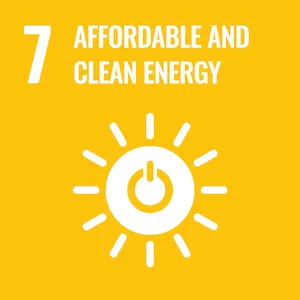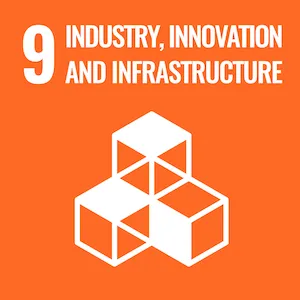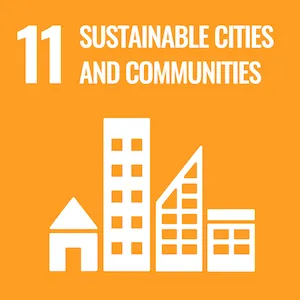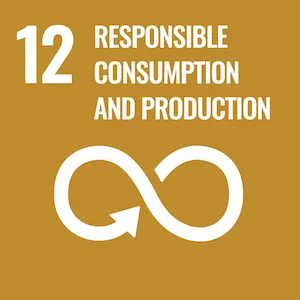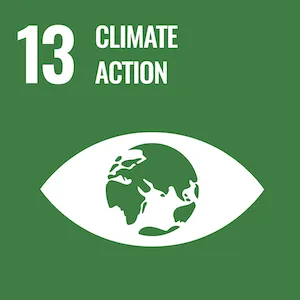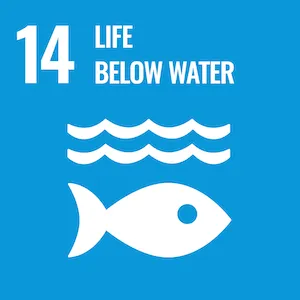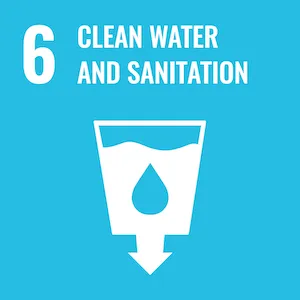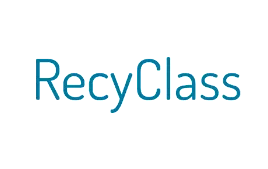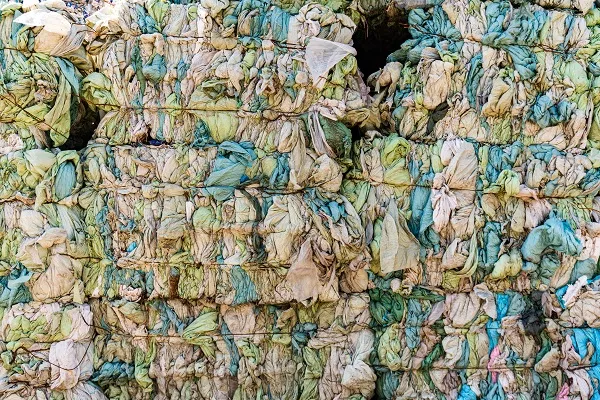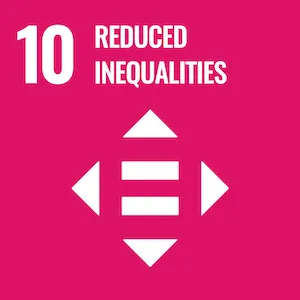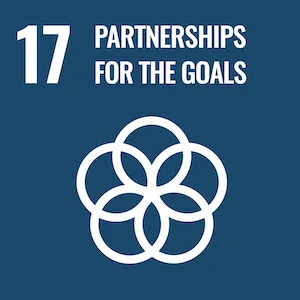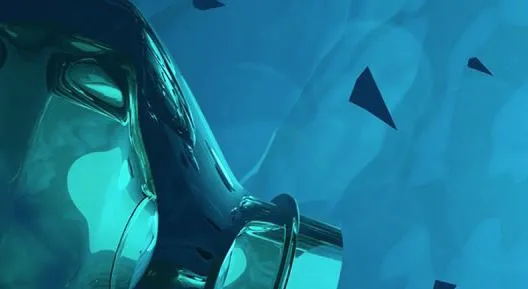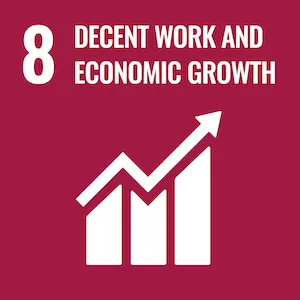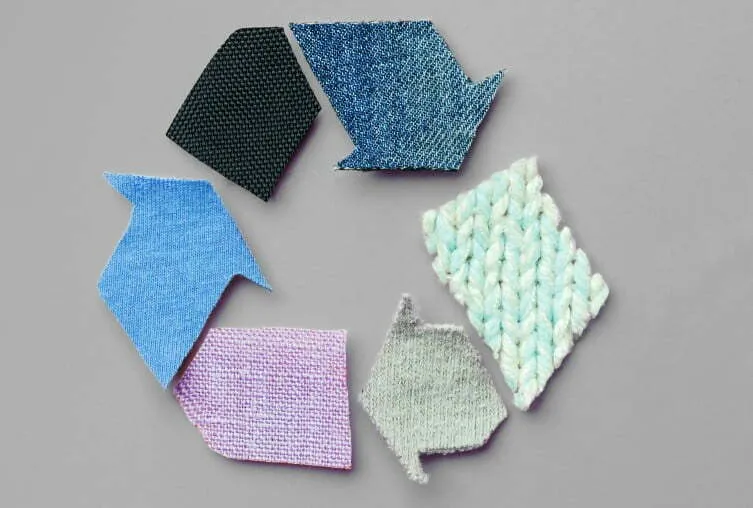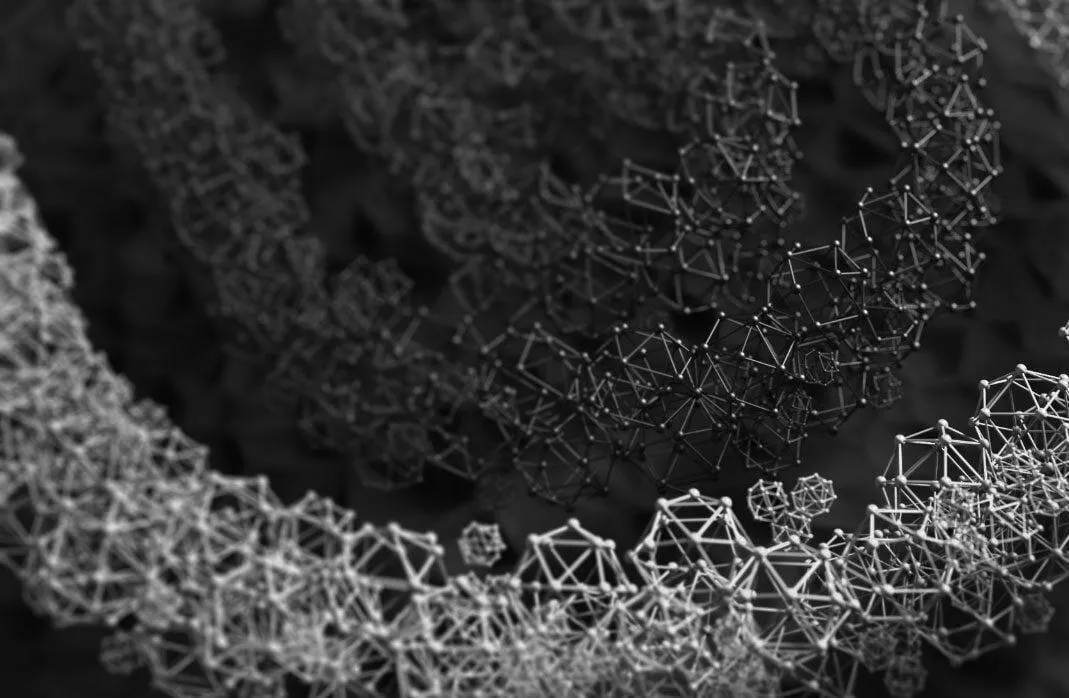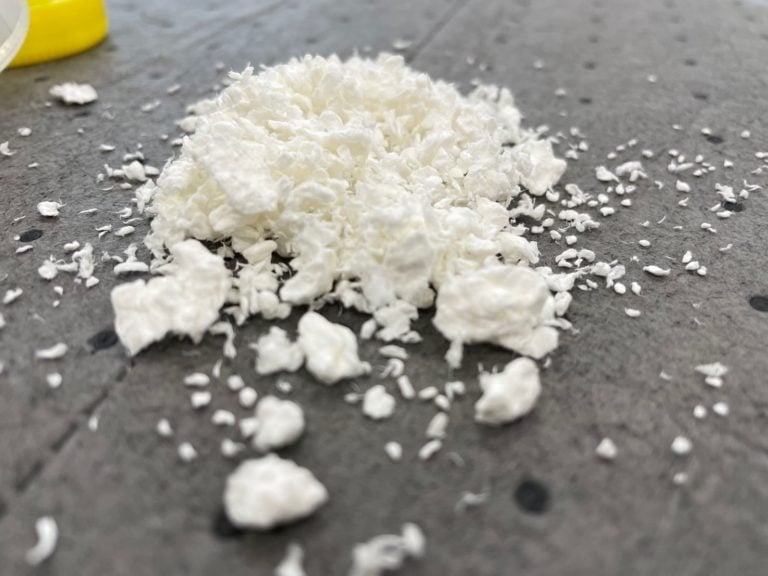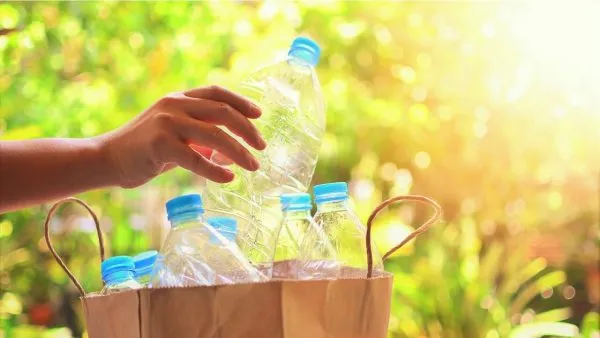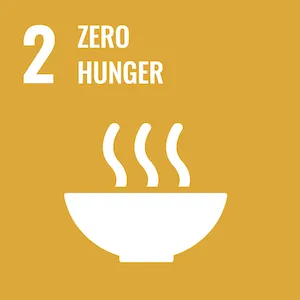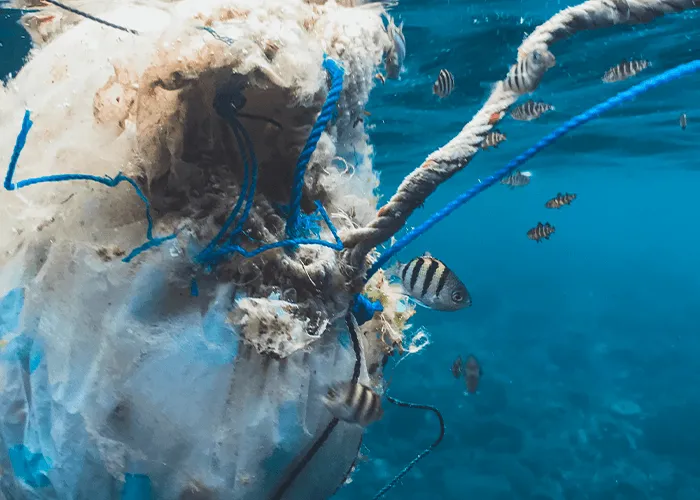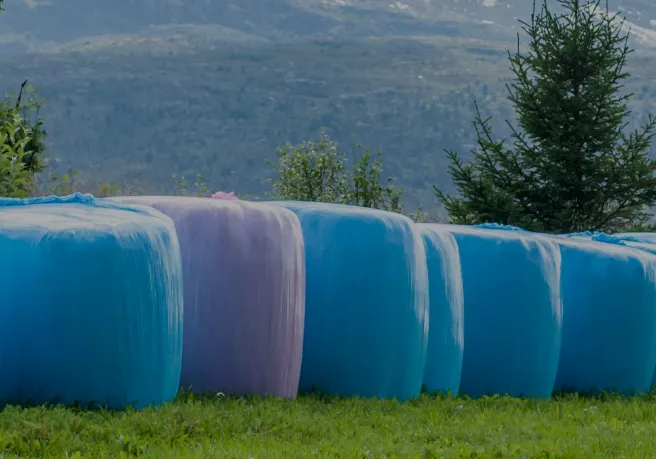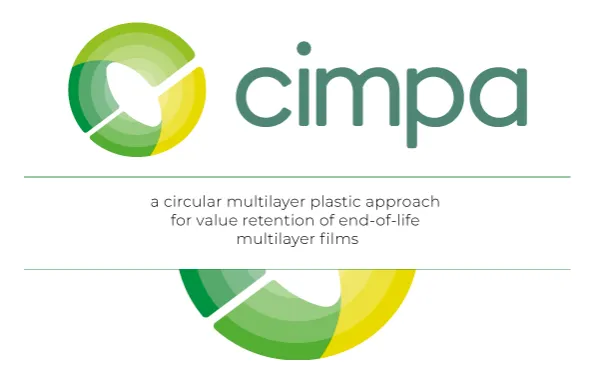Circular Economy
The transition to a circular economy of plastics is crucial for a sustainable future. Recovering, reusing and extending the life of plastic materials is an opportunity to protect the environment, create business opportunities and help build a better world. Join the change, join the circular economy.
The world is advancing at a rapid pace in all aspects and is constantly growing, resulting in a higher and higher demand for products and resources. Plastic materials are key to the Circular Economy model because of their potential to be recovered and used as a resource.
In order to make sustainable growth possible, it is necessary to make the leap to a development model that reduces the amount of resources needed to make new products and that is capable of addressing the waste that it creates.
This means moving on from a linear model based on a “use and throwaway” ideology to a new one, called the Circular Economy. The European Union is opting for this model as it could reduce urban waste by up to 65% by 2030.
Why is Circular Economy for Plastics necessary?
In this new model, plastic materials are necessary because they offer considerable benefits as they are capable of being recovered and reused as resources.
The Circular Economy offers answers to the challenge of environmental sustainability and can also be adopted by companies as a business opportunity. Improving designs and management systems and extending the life of plastics can generate new jobs, reduce greenhouse gases and lower dependence on fossil fuels.
At AIMPLAS we are convinced that the Circular Economy is a great business opportunity for companies but above all for society and the environment, making both growth and development possible whilst being kind to nature and taking care when it comes to natural resources.
